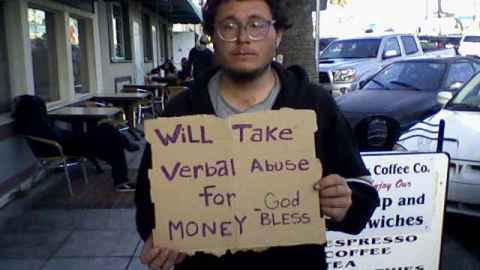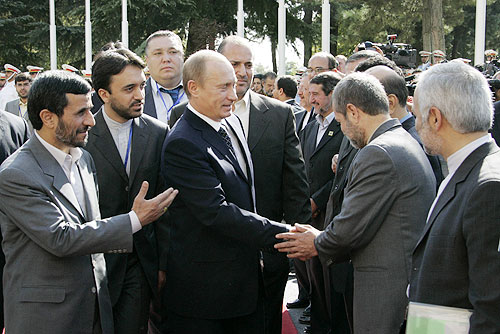The American Famine

In the 1960s, the world seemed on the verge of a global food crisis, as the population grew faster than the food supply. As I wrote last week, thanks largely to a suite of technologies known as “the Green Revolution”—which combined high-yielding varieties of wheat, rice, and corn with the intensive use of irrigation, fertilizer, and pesticides—grain production more than doubled in the developing world and the global food crisis never materialized. But the prospect of worldwide food shortage is reemerging, as the innovations of the Green Revolution have begun to reach their limit. According to the latest United Nations report more than a billion people—100 million more than last year—around the world are “undernourished.” In other words, about one in six people around the world don’t get enough calories to live a normal, healthy life.
The problem is not that there is—at the moment—a worldwide shortage of food. Hunger is as much an economic problem as an agricultural one. As Nobel-Prize-winning economist Amartya Sen showed, the problem is often that people are too poor to afford enough to eat. Famines can develop when rising prices make it impossible for groups facing economic hardship to buy food. Not only may there be enough food to feed everyone in famine-stricken regions, but sometimes they continue to export food even as large numbers of their people go hungry. Sudan, for example, has continued to sell food on the international market even as the people in Darfur go hungry.
Global food prices have been rising for years. One reason is that as developing countries have gotten richer they have begun to eat more—and in particular have begun to eat more meat, which takes many more calories of grain to produce than it contains. Another reason may be that cropland is being diverted to the production of biofuels. And in the last few years a combination of poor harvests—a possible early consequence of global warming—and a worldwide economic crisis has left the huge numbers of people who are still poor unable to afford even basic nutrition.
It’s happening here too. On Monday, the Department of Agriculture reported that as many as 49 million Americans—36% more than a year ago—struggle to get enough food on a consistent basis. While on average Americans eat an astounding 3800 calories a day—and a third of us are clinically obese—almost one in six still doesn’t get adequate nutrition. The degree of hunger may not be as extreme here as it is in some places around the world—most are able to get by skipping meals or visiting soup kitchens—but that shocking fact is that Americans go hungry at about the same rate as the rest of the world. And the rate is even higher among American blacks and Hispanics, almost 30% of whom have difficulty getting making sure they have enough to eat.
Here, as elsewhere around the world, hunger is largely a product of the global economic crisis. In the U.S. the sharp rise in hunger parallels the increase in unemployment, which now stands at more than 10% nationally. Whatever their problems, the poor did very little to create the economic crisis that is making it hard for them to feed themselves. Fundamentally, we are still a wealthy country, and we obviously have plenty of food. We should not, in these difficult times, turn a blind eye to the widespread hunger in our midst.





